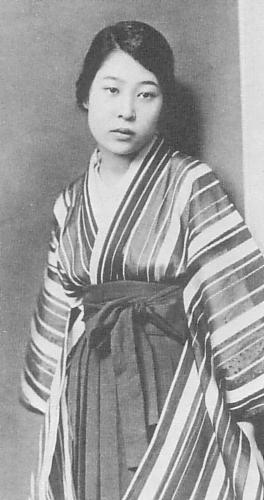Taishō period facts for kids
The Taishō period (pronounced Tie-show) was a time in Japanese history. It is also called the Taishō era. This period came after the Meiji period and before the Shōwa period. It started on July 30, 1912, and ended on December 25, 1926. During these years, Emperor Taishō was the ruler of Japan.
In Japanese, a period like this is called a nengō (pronounced nen-goh). The word Taishō means "Great Justice" or "Great Righteousness".
Contents
Key Events of the Taishō Period
Many important things happened during the Taishō era. Here are some of them:
- 1920 (Taishō 9): Japan had its first official count of people. The population was about 77 million.
- 1921 (Taishō 10): Prince Hirohito became a regent. A regent is someone who rules for the emperor when the emperor cannot.
- 1923 (Taishō 12): A very strong earthquake hit the Kantō area of Japan. It was called the 1923 Great Kantō earthquake.
- 1925 (Taishō 14): The emperor agreed that all men should have the right to vote. This was a big step for democracy in Japan.
Changes in Leadership
During the Taishō period, Japan saw many changes in its prime ministers. The prime minister is the head of the government.
- 1912 (Taishō 1): Emperor Meiji passed away. Saionji Kinmochi was the Prime Minister during this time of change.
- 1912 (Taishō 1): Katsura Tarō became the 15th Prime Minister of Japan.
- 1913 (Taishō 2): Yamamoto Gonbee became the 16th Prime Minister.
- 1914 (Taishō 3): Ōkuma Shigenobu became the 17th Prime Minister.
- 1916 (Taishō 5): Terauchi Masatake became the 18th Prime Minister.
- 1918 (Taishō 7): Hara Takashi became the 19th Prime Minister.
- 1921 (Taishō 10): Takahashi Korekiyo became the 20th Prime Minister.
- 1922 (Taishō 11): Katō Tomosaburō became the 21st Prime Minister.
- 1923 (Taishō 12): Yamamoto became Prime Minister again, as the 22nd.
- 1924 (Taishō 13): Kiyoura Keigo became the 23rd Prime Minister.
- 1924 (Taishō 13): Katō Takaaki became the 24th Prime Minister.
- 1926 (Taishō 15): Wakatsuki Reijirō became the 25th Prime Minister.
Related Pages
Images for kids
-
Prince Regent Hirohito visits Yokohama after the 1923 Great Kantō earthquake
-
The Ginza area in Tokyo after the 1923 earthquake
See also
 In Spanish: Era Taishō para niños
In Spanish: Era Taishō para niños





